While malpractice is a concept traditionally used in the legal and medical fields, it is one that can readily be transferred to the marketing industry. While applicable to the field in general, Marketing Malpractice in New Media is of particular interest due to the constant expansion of the field, and the loose (and often non-existent) standards of professionalism that are common to cutting edge industries of new media, web development, and internet marketing.
Over the past few years I have had the opportunity (and occasionally misfortune) to collaborate with a variety of professional service providers. These individuals (and the associated organizations) each have had their unique processes for enrolling and engaging with clients, and it has been very informative to see how different companies distinguish themselves in terms of professionalism. These observations have been invaluable to the ongoing development of our professional SEO company. In some cases, partners and associates have provided a standard of excellence to which we can aspire. In others, these (short term) relationships have provided horrible examples of what NOT to do.
The majority of Marketing Malpractice comes not from maliciousness or any intent to deceive, but from a particular form of cognitive bias referred to as the Dunning-Kruger effect. The basic notion is that people frequently make poor or erroneous decisions due to incompetence, but that very incompetence robs them of the ability to realize the error (even in hindsight). The hypothesis is as followed:
- Incompetent individuals tend to overestimate their own level of skill.
- Incompetent individuals fail to recognize genuine skill in others.
- Incompetent individuals fail to recognize the extremity of their inadequacy.
- If they can be trained to substantially improve their own skill level, these individuals can recognize and acknowledge their own previous lack of skill.
The resulting studies concluded that incompetence resulted in a grossly inflated view of one's ability, and without the development of actual skill or ability, one's incompetence could not be recognized. It is my belief (and strangely, faith) that this phenomenon is where the majority of professional negligence stems from. However unintended, ignorance should be no excuse.
Understanding Malpractice
The term Malpractice is loosely defined as the failure of a professional to follow generally accepted professional standards, and that breach of duty results in injury or damages to an individual or entity. While there is no professional standard of conduct in the marketing industry, that doesn't absolve marketing firms from holding themselves (and each other) to a standard of professionalism.
For the sake of conversation, lets borrow some terminology from the legal field to draw parallels.
Negligence
Negligence is not the same as carelessness, because someone might be exercising as much care as possible, but still fall sort of the competence expected of them. Negligence is when the actions of an individual fall short of what a reasonable person would do, in a similar position, to protect another individual from foreseeable harm.
Professional Negligence
Professional negligence is when one has represented him or herself as having more than average skills and abilities, but doesn't live up to even the standards of an average individual (referred to as a "reasonable person"). This is an interesting concept, as many professionals are assumed to overstate their ability so have to be held to a different standard depending on the situation. Interestingly enough, a professional who overstates their abilities to an absurd level is engaging in Puffery, making claims that a reasonable person should not take literally (also known as "its your fault for believing me").
Due Diligence
Due Diligence is the performance of an investigation of a business or person prior to signing of a contract or entering a relationship. A common example of due diligence is the process through which an employer will hire and screen applicants through investigating work history and contacting references, rather than just taking them at face value.
Loss of Chance
Loss of chance is an issue of causation where the negligence of a professional deprives a client of the opportunity to obtain a benefit or avoid a loss. In the medical field, failure to diagnose a disease resulting in a terminal illness that could have been prevented is constituted as a loss of chance. While the specifics of these issues can be a bit thorny, it seems easy to imagine how they might apply to common practices.
Examples of Marketing Malpractice
Negligence in Identity and Branding
In the medical world, when physicians operate on their patients prior to performing a thorough diagnostic, it's called malpractice. Selling a client a "logo" without any strategy to back it up is just as negligent as a surgeon who removes their patient's appendix without a CT scan or even much of a consult.
Company A spends $25,000 on a new identity and marketing plan. Excited about the project (and the paycheck) the firm responsible then develops a memorable brand, a cool logo, and a strategic marketing plan. However, there remains critical conversations regarding due diligence as it pertains to identity and strategy. Has market research been conducted to identify target customers or "personas" to assure the messages being broadcast are on target? Has there been a conversation about content development and copyright? Has the client been informed on how its identity can be protected from infringement (intentional or otherwise) in the future?
While your marketing agency is not necessarily required to provide legal advice (nor should it), not making the effort to protect the client's interest is unacceptable. Elements such as graphical mark, company name, domain name and slogan are elements that can incur litigation if the appropriate research is not conducted. As a client, you have the right to waive due diligence, but your marketing company does not have the right to neglect it. The absence of this conversation, while an understandable oversight in a pre-adolescent start-up, is unforgivable when it occurs in a seemingly mature, professional organization.
This type of negligence creates a bad name for designers, marketers and brand firms everywhere. Worse yet, it causes well-intentioned clients to form misinformed opinions that "Branding is a waste of money." Or worse yet, "Branding doesn't work."
Solid marketing strategy requires a holistic, intentional approach.
A holistic branding exercise--the kind of exercise we're advocating here--requires both the client and the branding firm to commit to a thorough diagnostic process.
The diagnosis can come in many forms. Often it's initiated by some sort of discovery process. Sometimes this process includes a series of interviews with the organization's leadership, management, internal stake-holders, clients, vendors, and sometimes even past clients. Other times it's a series of exercises with the internal marketing team, envisioning the future state of the organization, and finding which initiatives are the most advanced, and which are the most hollow. But in any case, this diagnosis almost always includes some type of audit or snapshot of everything the organization touches. It's a way of determining where the process started from, and to better determine which direction to head. In some ways, it's a type of SWOT test, pointing out the Strengths, Weaknesses, Opportunities, and Threats to the brand as a whole.
And as an added benefit, when used as a part of a before and after, the brand audit can also help demonstrate ROI by showing where the branding exercise helped improve systems, and close gaps.
Negligence in Web Design & Internet Marketing
As a professional search marketing company, we believe the purpose of a website is accessibility. Whether it be current clients, prospective customers, potential partners or industry opportunities, a website is built to convey information and create connections. At its most basic level, accessibility is about meeting the customer where they are (pull marketing), rather than forcing them to come to you (push marketing).
Browser compliance is the most elemental form of web accessibility. Is your site compliant for Internet Explorer? Versions 6,7 and 8? Firefox? Chrome? What about mobile browsers? Worldwide, more people access the web from portable devices than desktop machines. Are you using Flash? Are you aware that Flash is largely inaccessible from the majority of mobile devices?
Online consumer research has provided robust evidence regarding contemporary consumer behavior.
- Over half of consumers considering a purchase begin their purchasing cycle online
- Most consumers use the internet at some point in the purchasing cycle
- search engines are the primary tool consumers use to navigate the web
To begin a conversation about web development for lead generation without specifically considering the psychology of search marketing is a grossly negligent practice. For many development companies, SEO is beyond the area of expertise, and requires a search marketing firm with which to partner (which makes some agencies uncomfortable, as they may operate from a scarcity mentality). Some development companies claim to provide SEO services, but offer only internal factor optimization, which accounts for about 20% of search engine success. (It is important to note that internal optimization is a CRITICAL 20%. Internal factor optimization is an engineering practice that is far more than installing a WordPress plugin or changing some title tags.) To leave optimization out of the design process is to ignore the majority, and to handicap a client's efforts online. This is one of the most common examples of "loss of chance" in New Media today.
Conclusion
As there is no widely accepted standard of professionalism in the marketing and new media industry, holding professionals to a particular standard is challenging for both associated professionals and the general consumer. What is more reasonable to expect (or at least hope for) is for consumers and professionals to hold themselves and each other accountable through relationships and dialogue. As professionals, we should have the courage and decency to be honest with one another when less-than-professional behavior occurs, and also compassionate enough to forgive the mistakes that lead to growth and change. With our clients, we should also be honest in what we can and cannot deliver (and be held accountable for). A good attorney will tell you that the true value of a contract is shared understanding and mutual expectations between two parties, and not as a back-up weapon when things go wrong.

Source: http://www.deepripples.com/blog/marketing-malpractice-and-how-to-avoid-it
building traffic list building article marketing affiliate marketing clickbank experts
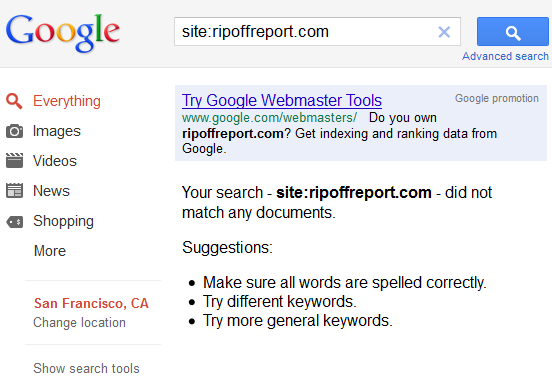
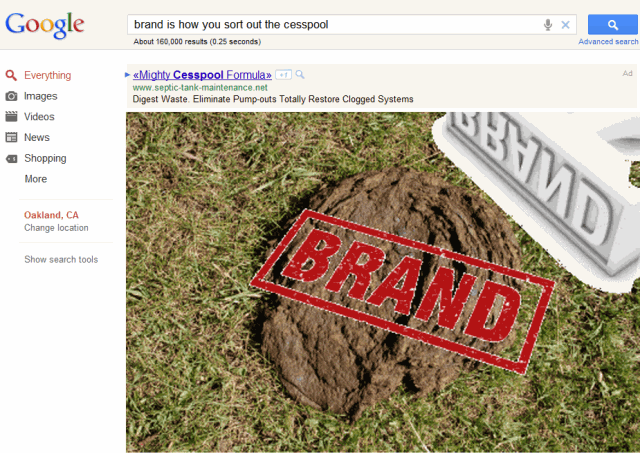
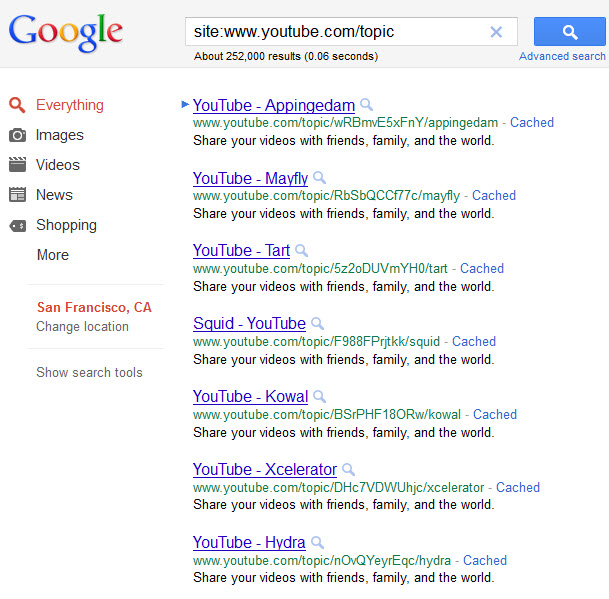
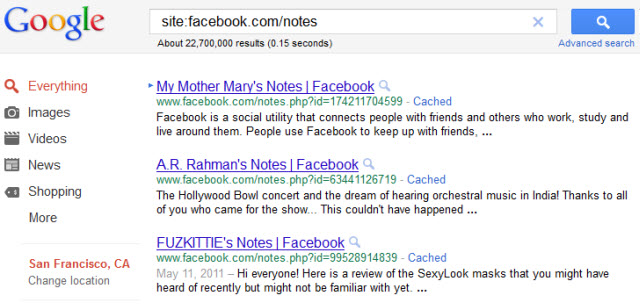
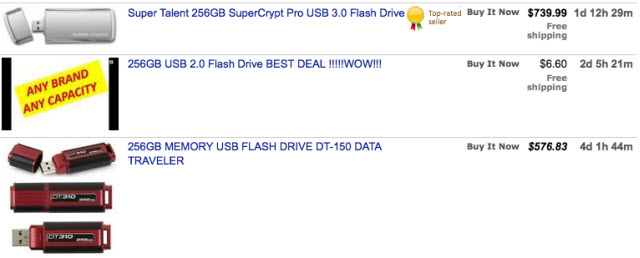
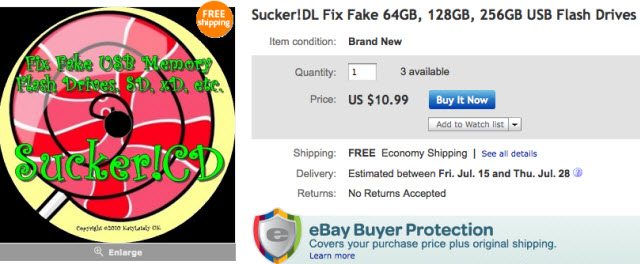


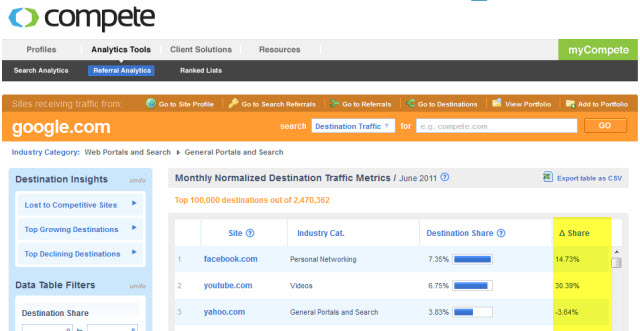








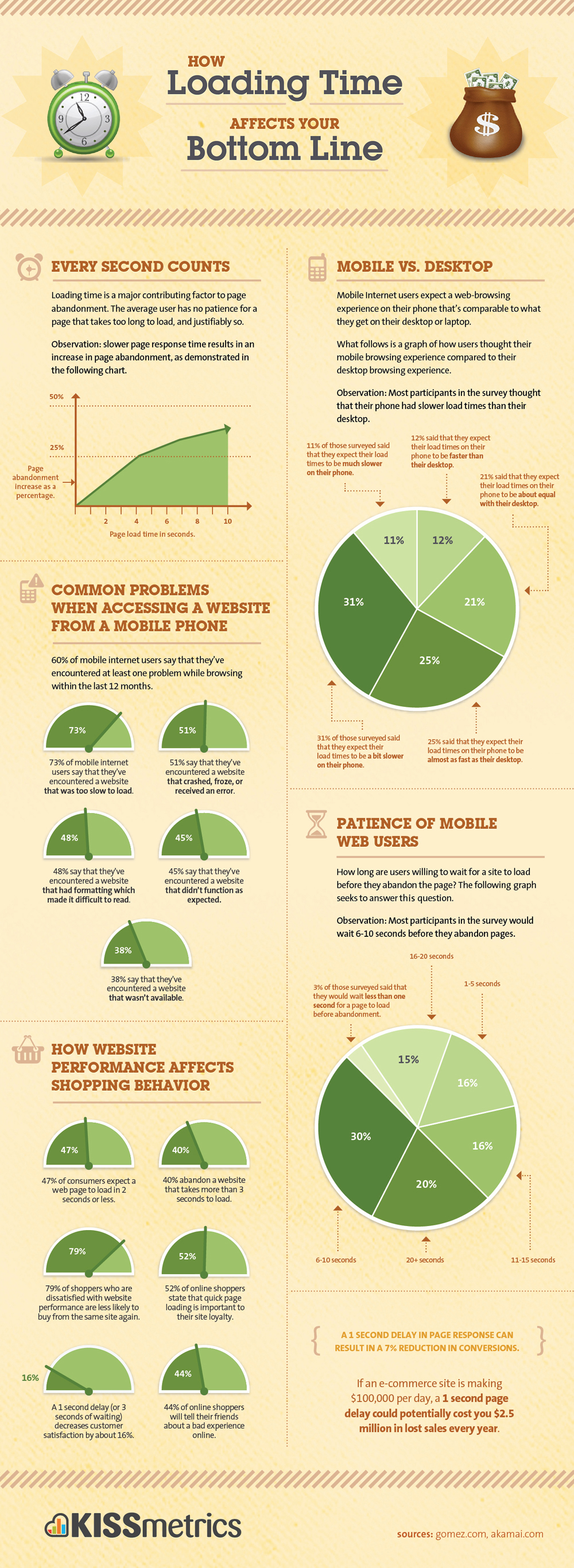
 Chad Summerhill
Chad Summerhill








